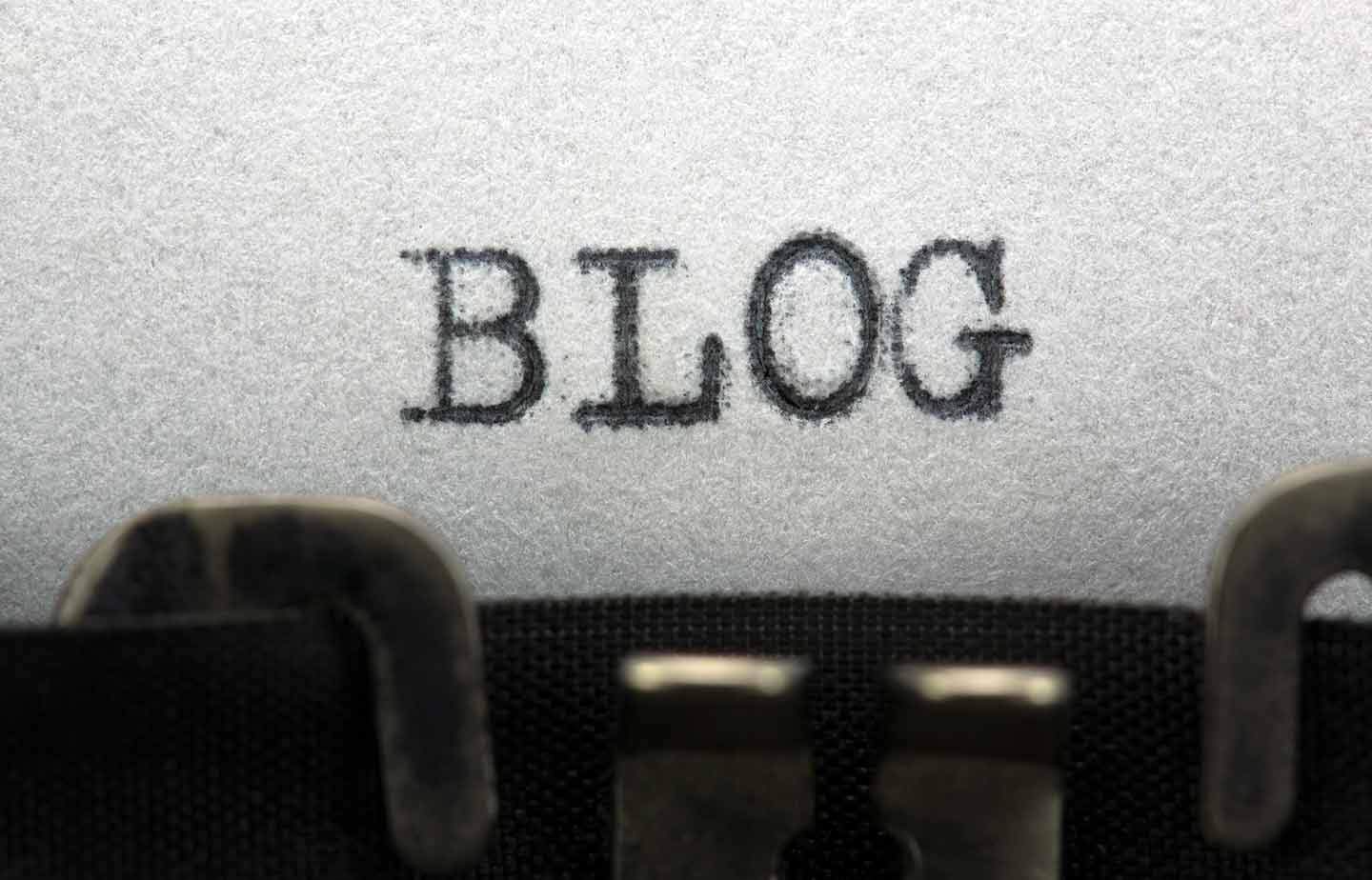Phonak's recent innovation may point to the future of hearing aids
Phonak's new rechargeable hearing aid range have proven immensely popular, in fact far more popular than even they thought they would be. It has left them scrambling to keep up with demand and I would say production schedules have probably been at least doubled. To be honest, we think Phonak has a real winner here, but what does that mean for the future of hearing aids?
You can read the current state of play for rechargeable hearing aids in 2017 here.

The hearing aids arms race
The hearing aids industry is like an arms race, when one hearing aid manufacturer delivers something unique, a new innovation, every other manufacturer responds with their own version. That is how it has always been and how it will always be. So what will the apparent success of Phonak Lithium-ion rechargeable hearing aids have on the wider market?
Rechargeable hearing aids have been around for a while but some issues stopped widespread adoption
Rechargeable isn't new
Rechargeable hearing aids are not new, Hansaton and Siemens have both been providing them for many years. GN Resound dipped it's toe into the water many years ago with the Pulse hearing aid. Unfortunately that was an unmitigated disaster for them which was a pity. The system was really over designed and the problem was in the charger which failed with monotonous regularity.
The problem up to now has been the capacity and life of the battery technology available. You would be lucky to get through a full day of use, in particular if you used streaming accessories. They also had to be replaced once a year because they lost their ability to hold a charge. So up to now, they have really only been a novelty that most hearing aid providers stayed away from.
Lithium-ion changes the game
The introduction of Lithium-ion changes the game, the capacity and life is increased exponentially meaning that 24 hours of use is no problem and replacement will be few and far between. I believe that this will give hearing aid providers the confidence to recommend the devices, that will have a huge impact on uptake. Not just that, consumers will be hungry for what these type of devices represent and that is freedom.
Increased battery capacity and longer life changes the game and consumers will be hungry for what these type of devices represent and that is freedom.
Experienced users hate disposable batteries
It is a simple fact, most experienced users of hearing aids hate disposable hearing aid batteries. They are fiddly things to change and a regular cost for them. Okay, the cost is negligible, but it is a cost nonetheless and one that many would be glad to be rid of. Rechargeable hearing aids will mean less cost and less worry about the battery suddenly dying while they are out and about, something that happens often enough to be an irritant.
Consumers will want the joy of rechargeable, we guarantee it
Many of the hearing aid manufacturers know this, however, battery tech was not really good enough to do anything about it. With the introduction of Lithium-ion battery tech is now good enough. With the hype around and the seeming success of the Phonak product, I think you can bet every manufacturer is figuring this into their product road maps.
Rechargeable BTEs
I believe (and this is just an educated guess) Phonak will be looking at introducing a rechargeable BTE with their next Bolero range. It makes perfect sense to do so, and if they hadn't already thought about it, the success of the Audeo B-R will be focusing their minds.
Size does matter, at least in the hearing aid industry, rechargeable custom hearing aids will be a complex proposition
Rechargeable ITEs will be the battleground
As I said, the success of the Audeo B-R will probably be focusing many minds in the hearing aid industry and I expect to see many new rechargeable variations introduced in the future. The real battle ground will be in custom hearing aids, providing a rechargeable option in a custom hearing aid will be a complex problem. Consumers (that's you) want them small, the smaller the better! Size does matter, at least in hearing aids. Every ear is different, so to provide a rechargeable option that is small, will fit in every ear and still be functional is a complex problem.
I think it is a problem that many R & D departments are probably working on though.
You can read more about the latest rechargeable hearing aids here Rechargeable Hearing Aids 2017 - What can you expect for Rechargeable hearing aids in 2017?



